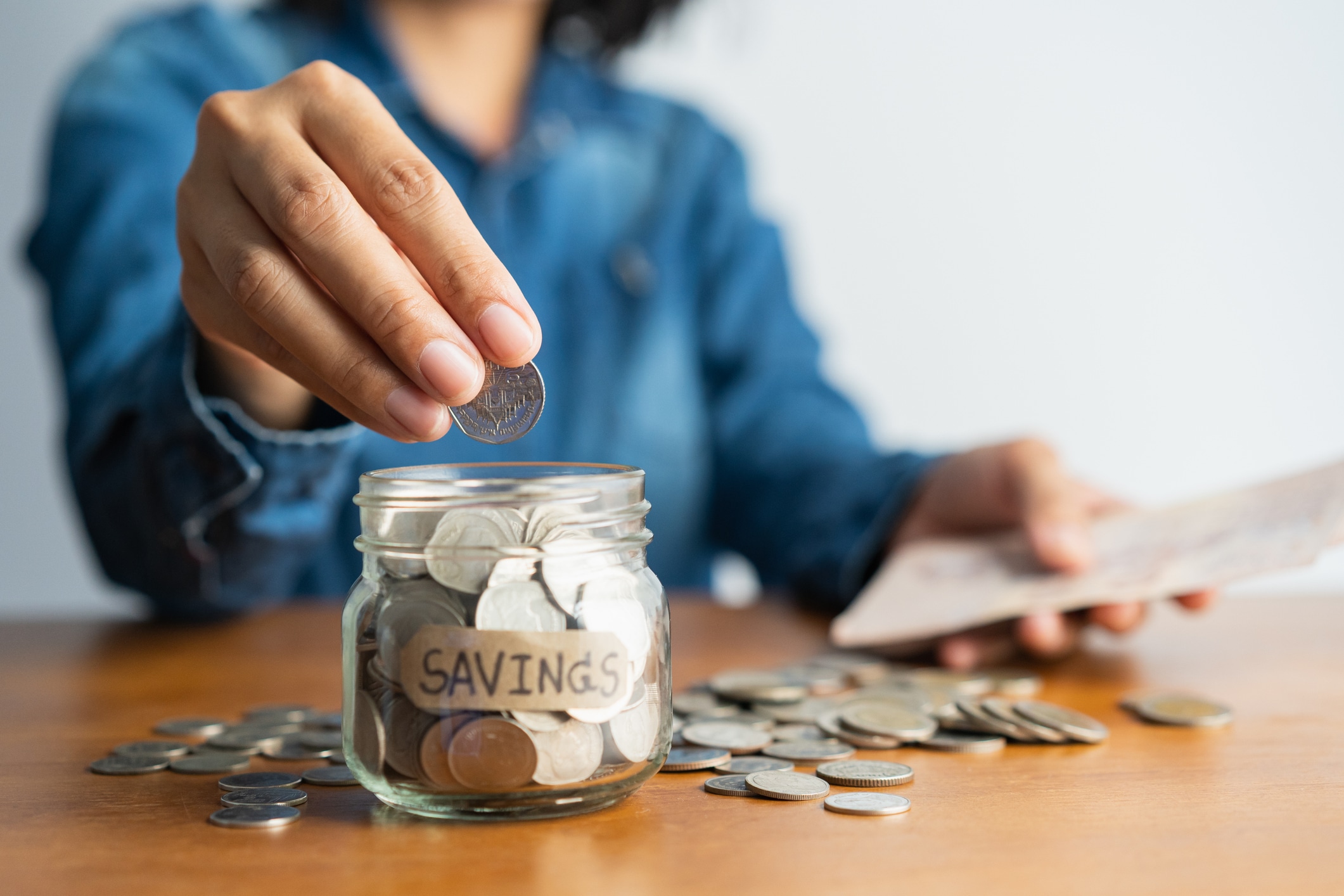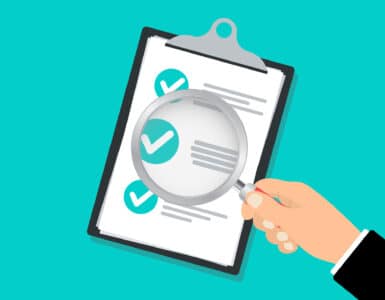There’s an old proverb about the best time to plant a tree. The best time was 20 years ago. The second best time is today. The same can be said for saving and investing. Yes, it would be great if you had started socking away money way back when Apple was $22 a share.
If that’s not the case, though, don’t worry. Whether you are rebuilding a savings strategy that was placed on hold because of COVID-19 or starting from scratch, there are steps you can take right now to launch or kick-start your savings and investment plan.
Budget for Savings First
Mark Struthers, CFA, CFP, with Sona Wealth Advisors, has been helping families build and preserve their earnings for more than 14 years. He recommends creating a monthly budget to figure out where your money is going and to help maximize savings right out of the gate.
“I like the 50/30/20 (budget) rule as a place to start,” Struthers says of how to categorize monthly spending. The idea is that 50% of your monthly income after taxes should go to pay for necessities such as food, housing, transportation, and utilities, while 30% can be used for discretionary spending such as entertainment (think streaming services and vacations, back when people traveled.)
“Saving 20% is not for everyone,” Struthers says, “especially when COVID might have given many setbacks, but it is a place to start.” The 50/30 part of this plan forces you to look at where your money is going. Even if you are not exactly living within those figures to begin with, tracking your cash flow will help with the savings rate, even if it is not quite 20%.
Beware of Over-Reaching on Risk
Interest rates are low right now, says Justin Pritchard, CFP, with Approach Financial, Inc. While that’s great if you are borrowing money for a mortgage or car loan, “for savers, that stinks.”
He cautions against making an expensive mistake if you try to squeeze out some extra returns on your investments. As part of a savings plan, online credit union and bank accounts are a great place to boost your earnings on safe money.
“But if you try too hard,” Pritchard notes, “you may end up getting into higher-risk investments, which could lose money. If you need your money safe, the risk may be bigger than the reward.”
Review Your Mix Each Year
Check on your investment mix (your asset allocation) at least annually, experts say, to make sure you’re taking an appropriate amount of risk. Your risk level might not change often, but it’s smart to at least make sure you are still heading in the right direction.
A risk tolerance questionnaire is an excellent exercise to go through, even if you don’t follow the output perfectly. Most importantly, it helps you think about how much risk you can stomach.
Bump Up Your Savings a Bit
Log in to any account where you’re saving money and consider and increase your savings by a small amount. Consider starting out with just a 1% bump. “It’s a great start, and you might not even notice,” Pritchard says. “But over time, those little changes add up, especially if you make it a habit.”
Take the Free Money
If your employer offers a matching 401K or other investment account, make sure you are contributing enough to get the full match. Otherwise, you are leaving money on the table that you could be putting to work for you and your future self.
With reporting by Casandra Andrews






